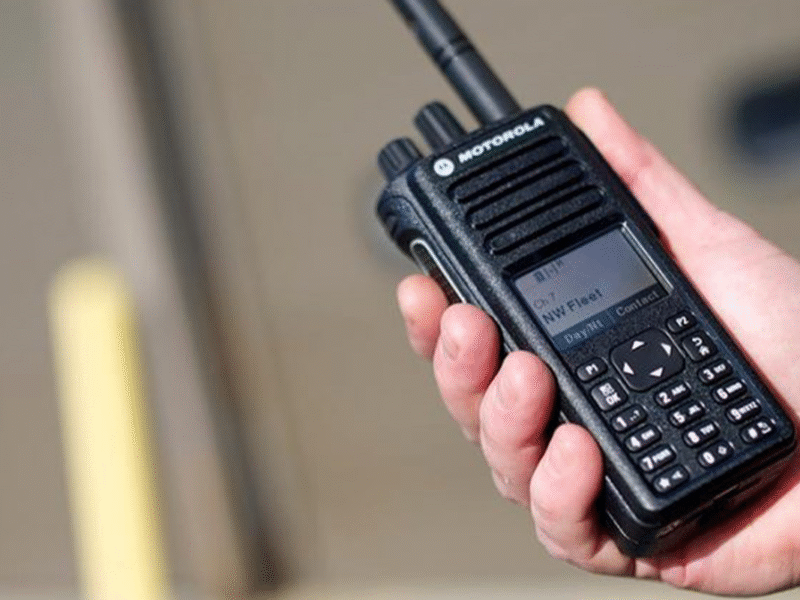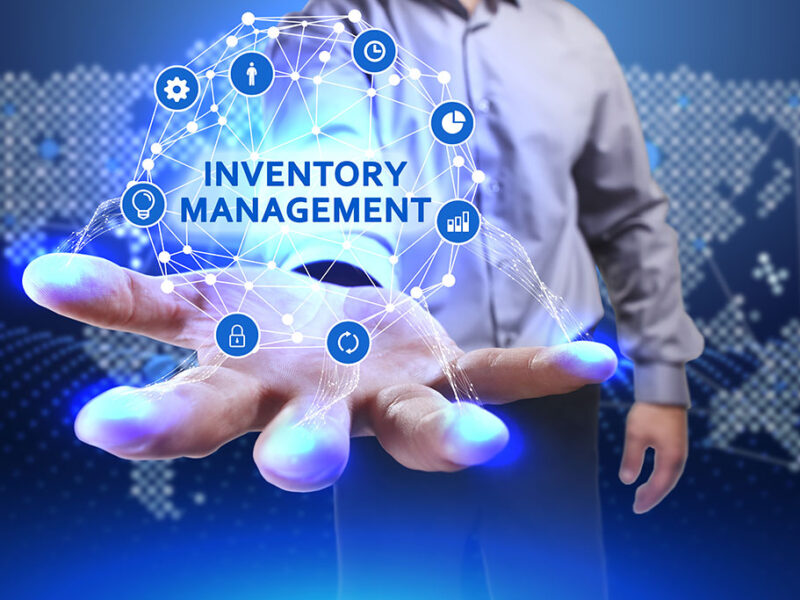1. Why Moisture Analyzer Calibration Matters
Calibration ensures your moisture analyzer gives you reliable, repeatable results. Even the most advanced instruments can drift over time due to regular use, environmental conditions, or movement between locations. Without calibration, you risk making decisions based on inaccurate readings—leading to product defects, failed inspections, and costly rework.
If you’re using a moisture analyzer for quality control, calibration isn’t optional—it’s a necessity.
2. When and How Often to Calibrate
There’s no universal rule, but here are some general guidelines:
- Before first use after purchasing or relocating the unit
- At regular intervals (weekly, monthly, or quarterly, depending on usage)
- Before critical measurements where accuracy is vital
- After software or hardware updates or any incident (power outage, bump/drop)
For heavily used equipment, more frequent calibration is wise. If your operations depend on tight moisture tolerances, don’t wait—schedule routine checks.
3. Step-by-Step Calibration Guide
Note: Always follow the manufacturer’s instructions, but here’s a general process for thermal moisture analyzers:
- Warm-up the Analyzer: Let the device stabilize before use.
- Use a Certified Calibration Weight: Place it on the balance and compare readings.
- Adjust if Necessary: Most units allow internal or external calibration. Adjust based on the deviation.
- Test with Known Sample: Use a material with a certified moisture level to verify accuracy.
- Document Results: Always log your calibration results for auditing and tracking.
Some modern analyzers include built-in calibration routines, making this process easier.
4. Tips for Routine Maintenance
A well-maintained moisture analyzer not only lasts longer but also performs more consistently. Here’s how to keep yours in top shape:
- Clean the heating chamber regularly using a soft cloth and non-abrasive cleaner.
- Avoid spills by using properly sized, sealed sample containers.
- Store in a dust-free area with stable humidity and temperature.
- Inspect trays and sensors for residue or wear.
- Keep firmware updated if your model supports digital upgrades.
Never open sealed components unless instructed by the manufacturer or a trained technician.
5. Common Mistakes to Avoid
- Skipping warm-up time before use
- Using outdated or uncertified calibration weights
- Ignoring subtle signs of drift in results
- Overloading the sample tray beyond recommended capacity
- Calibrating in a poor environment, like a drafty or humid room
Each of these can skew results and undermine the reliability of your measurements.
6. Real-World Example: Troubleshooting with Calibration
A manufacturing client once reached out to Certified Material Testing Products, frustrated by inconsistent moisture levels in their final product. After walking through their procedures, we discovered their analyzer hadn’t been calibrated in over six months.
After guiding them through a full recalibration and maintenance check, they saw immediate improvements. Their product consistency returned, and production downtime dropped by 20%. This kind of outcome is common—small efforts in calibration can lead to big operational gains.
At Certified Material Testing Products, we understand the precision and trust your lab equipment requires. That’s why we offer a wide range of high-quality moisture analyzers, calibration tools, and support services.
Our products are built for accuracy, durability, and compliance. We back everything with expert advice, responsive customer service, and fast U.S.-based shipping.
7. FAQs
Q: Can I calibrate my moisture analyzer myself?
A: Yes, many models allow for user calibration. However, some situations may require professional services or certified calibration labs.
Q: How long does calibration take?
A: Basic calibration usually takes 10–20 minutes, depending on the model and method.
Q: What materials can I use for test samples?
A: Use reference materials with known, certified moisture content—available through equipment suppliers like Certified MTP.
Q: What happens if I skip calibration?
A: Inaccurate readings, product waste, failed compliance tests, and safety issues.



